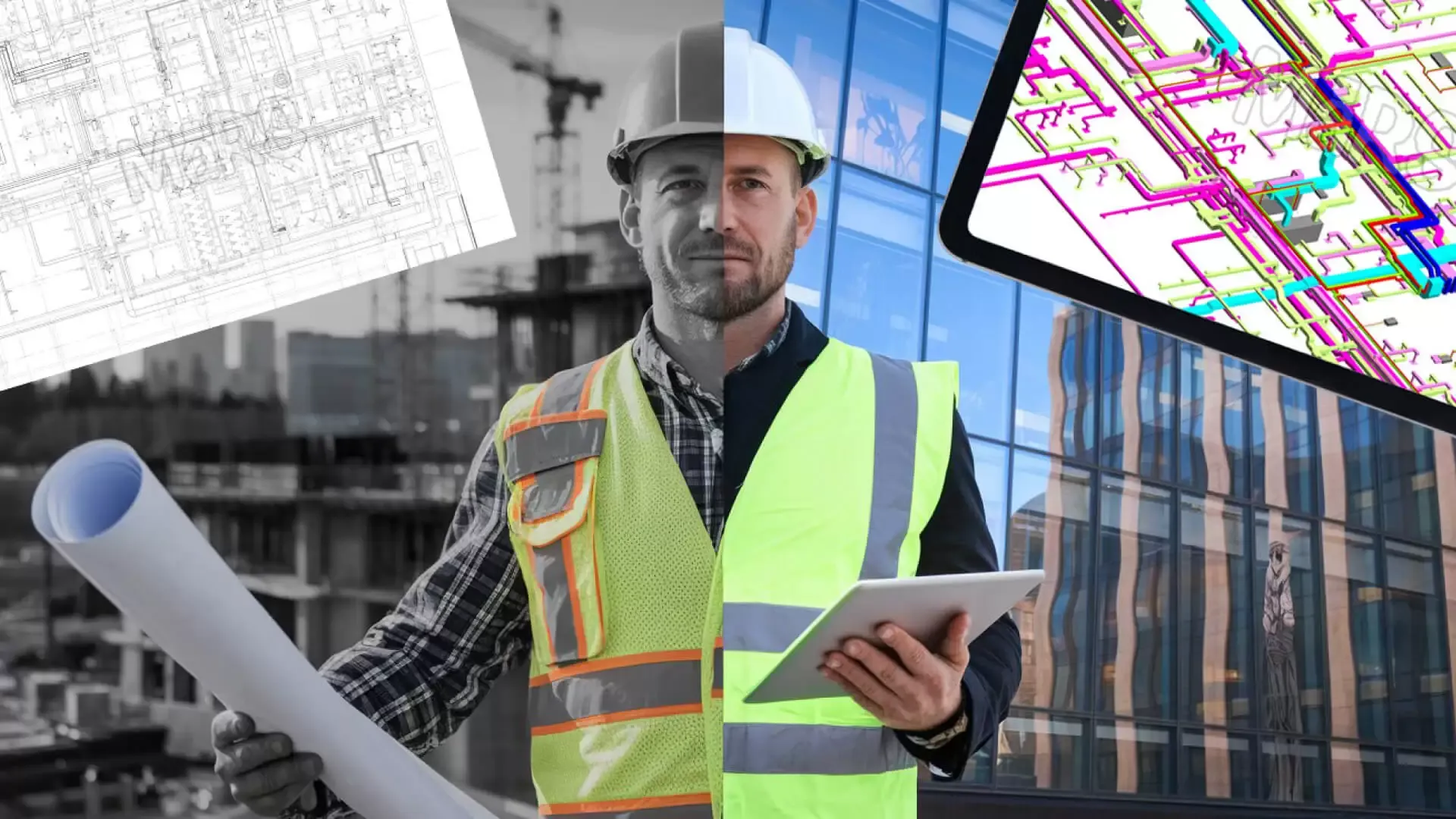
Artificial intelligence (AI) is emerging as a powerful driver in nearly every sector — including environmental protection. Energy optimization, resource management, climate disaster forecasting… the promises are many. But behind the innovation, some are raising concerns: is AI truly green? Or does it hide a worrying environmental footprint?
A Technology with Tremendous Ecological Potential
AI can be a powerful accelerator of ecological transition. Here are some areas where it is already making a difference:
- Energy Optimization
Thanks to AI, smart buildings can adjust their energy consumption in real-time based on weather conditions, occupancy, or peak demand.
- Greener Logistics
By analyzing traffic, consumption, and delivery data, AI algorithms reduce unnecessary trips, cut CO₂ emissions, and boost transport efficiency.
- Environmental Risk Prevention
AI systems help model natural disasters, detect early-stage wildfires, gas leaks, or floods before they escalate.
- Precision Agriculture
AI analyzes soil, crops, and weather to optimize water, fertilizer, and pesticide use, while improving yields.
A Carbon Footprint That Must Be Watched
But AI is not environmentally neutral. Training powerful models consumes enormous amounts of energy:
- Training a language model like GPT can emit as much CO₂ as a transatlantic flight.
- Data centers increasingly consume electricity, often from non-renewable sources.
AI’s carbon footprint is becoming a central issue — especially if this technology evolves without proper safeguards.
AI & Ecology: Can They Be Aligned?
To make AI a tool for sustainability rather than a burden, several conditions must be met:
- Promote low-impact AI: prioritize lighter, more specialized, and less energy-intensive models.
- Green data centers: use renewable energy and improve cooling and power efficiency.
- Regulate use cases: focus on projects with strong positive environmental impact (energy, climate, biodiversity), instead of gadgets or unnecessary data processing.
Conclusion: Neither Angel nor Demon
AI is a tool, not an end in itself. It can support the ecological transition if it is designed and deployed responsibly. The challenge is to develop ethical and sustainable AI, serving life rather than mere performance.
At EcodynamX, we believe that innovation is only meaningful when it serves both people and the planet. When used wisely, AI can be an ally in building a future that is cleaner, smarter, and more resilient.
